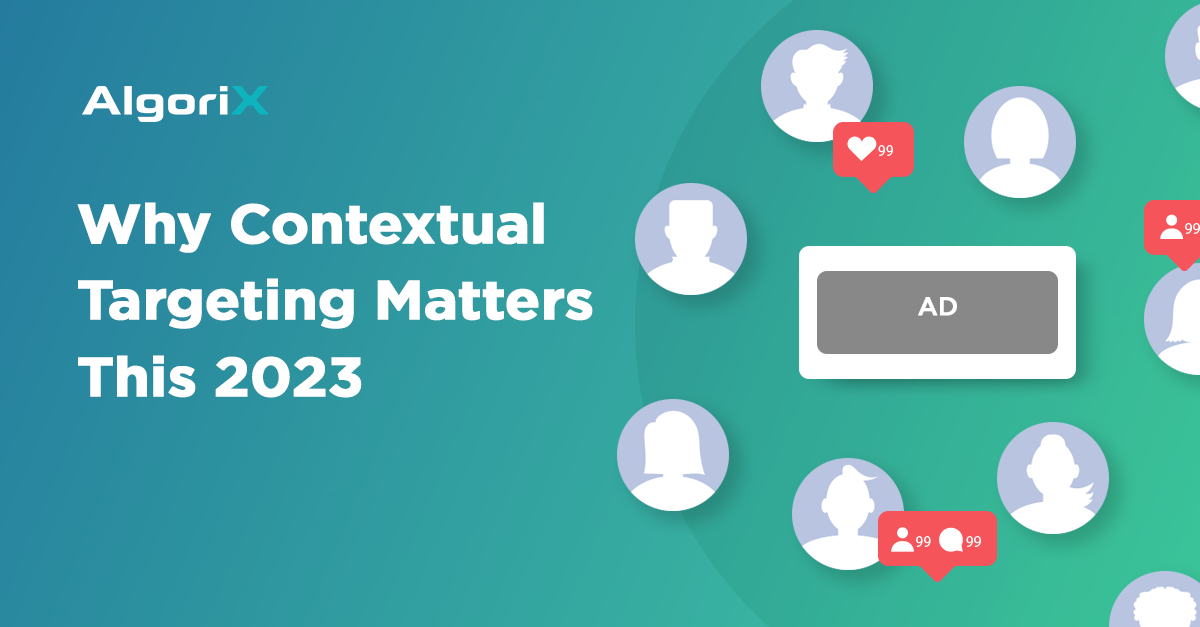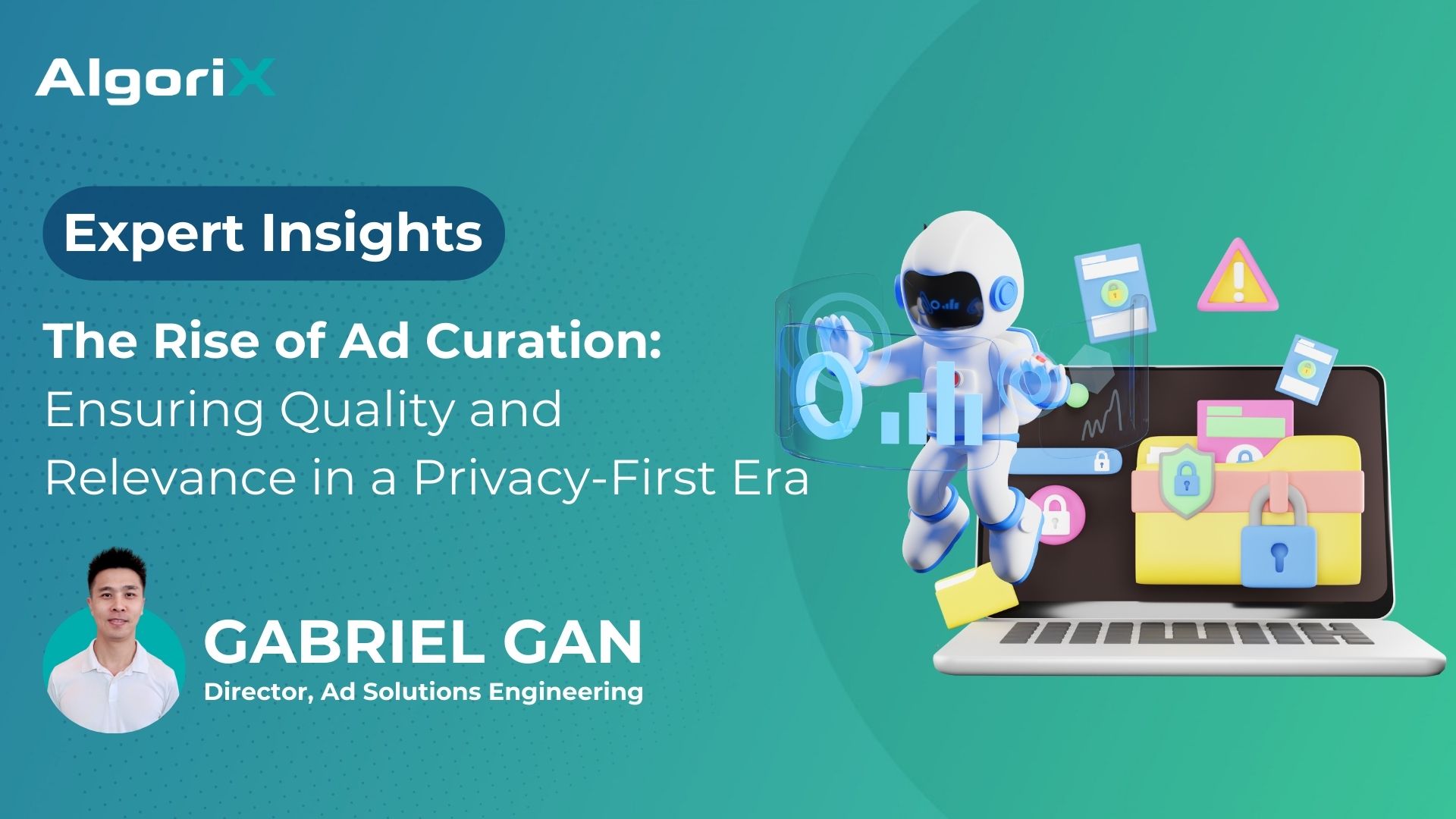The world of digital advertising is changing fast. As a result, many marketers are seeking new ways to reach their audiences and attract more business. One such approach has been contextual targeting — the idea that users should be able to see ads that are relevant to their current experience on a website or app.
However, this approach has lost ground over the last few years due to concerns about accuracy and privacy issues that arise from personalized ads. More recently, though, it’s once getting a lot of traction from publishers and advertisers.
Why does contextual targeting matter today? First, let’s define what contextual targeting is.
What is Contextual Targeting?
Contextual targeting uses contextual cues, such as keywords in the ad copy or content on one page displayed, to determine what ads to serve. It matches ads to specific users based on their location, time, and other factors.
For example, a mobile advertising campaign for a local restaurant might use contextual targeting to show ads only to users who are within a certain distance of the restaurant or to users who are using a food delivery app. The ads might also be targeted to users during certain times of day, such as lunchtime or dinnertime, to increase the chances of them seeing the ad and deciding to visit the restaurant.
Contextual targeting differs from traditional targeted advertising, such as display advertising or search engine marketing (SEM), because instead of focusing on one specific person or device, contextual targeting lets marketers target people who have expressed interest in similar topics to those searched for by other searchers in their area.
Why Is Contextual Targeting Relevant Today?
Recent changes in the market have made it possible for contextual targeting to become a worthy investment. Here are three of the main reasons why.
The Need for Accuracy
Due to various changes in privacy regulations, it’s becoming more difficult to reach the right users. Therefore, the need for accuracy is a key reason why contextual targeting has become relevant again. When trying to target people with ads, the ad must reach those most likely to be interested in the product or service.
If marketers don’t have the right data and technology in place, however, then this process becomes incredibly difficult—and ineffective.
The Power of Context
Contextual targeting provides an accurate form of online advertising. It uses users’ current interests and behaviors to target relevant ads, not just what advertisers think they want. In fact, 69% of buyers are more likely to pay attention to an ad if it provides relevancy to what they’re currently consuming.
Additionally, 44% would be willing to try a new brand if the ad placement is relevant to what they are reading.
An example of contextual targeting in mobile advertising might be an ad for a retail store shown to users browsing websites or apps related to fashion or shopping. This type of targeting helps to ensure that the ad is being shown to users who are more likely to be interested in the store’s products, increasing the chances of a successful conversion.
If someone searches “jeans” but has no interest in buying jeans, contextual targeting would suggest that they purchase other types of clothing (e.g., t-shirts), based on the past knowledge that these two types of purchase are usually correlated.
The Value of Personalization
Contextual targeting is about finding the right audience in the right context. Personalization is about reaching the audience at the right time and place. Combining contextual targeting and personalization can help reach the audience with the relevant time and content that they’re looking for—and it also allows marketers to connect with them at a more personal level.
Personalization helps engage and create loyal buyers. Companies excelling at personalization are able to increase their revenue by 40 percent. So it’s something worth investing in.
Contextual Targeting Technologies You Need to Know
There are various ways to take advantage of contextual targeting in ad campaigns. Here are just some of the contextual targeting technologies used at present:
OpenRTB
OpenRTB 2.6 is the latest version of the OpenRTB specification, which is designed to enable publishers to adopt an open, flexible, and programmatic digital advertising platform for their campaigns.
OpenRTB 2.6 offers Channel and Network parameters for Connected TV, enabling programmatic buyers to retrieve the name of the TV network and channel name where the ad is served in a more human-readable format for better targeting.
Content Taxonomy
Publishers can use the content taxonomy to set up their own category and subcategory hierarchy, which helps them organize ad groups by topic or audience type.
Under the IAB, Content Taxonomy is the development of the standard from 1.0 to 2.0 to the latest 3.0 (released in September 2021). The evolution of the IAB Content Taxonomy aims to enhance contextual targeting capabilities by programmatic buyers and sellers.
For example, in the latest version, CTV buyers and sellers can leverage the IAB Content Taxonomy for contextual targeting, using the new “entertainment genres” that have been added. Buyers also have more clarity over the type of news they are advertising against. More vectors were added to give buyers more information on the kind of news content they support.
Customized Parameters by Ad Server
Ad-serving technology can use custom parameters to help influence the ads a viewer sees.
Custom parameters passed in programmatic auctions can be used by ad-serving technology to set specific targeting for an ad or campaign.
They can be used in any combination with other parameters, such as:
- The name of the parameter
- The type of value it should contain (string, float)
- A default value if no other data is supplied during the creation
AlgoriX collaborates with top ad-serving technologies in the industry to enable our buyers to consume the custom contextual parameters in the OpenRTB bid requests.
Topics API
The Topics API is a way of specifying the context for an ad request. Android publishers and advertising third parties can use it to identify the context for their ads.
It’s part of the Privacy Sandbox for Android that is still under testing and development. It creates the mechanism to facilitate interest-based advertising, a form of personalized advertising in which an ad is selected for the user based on interests derived from the apps with which the user has engaged in the past.
An app or a third-party SDK used in the app can utilize the Topics API to retrieve the top topics currently of interest to the user.
For example: When an Android app developer decides to show an ad on an Android device, the third-party advertising SDK in the app can trigger the Topics API to get the top topics of interest based on the app usage on this device. The advertising platform can then use the topics to serve the most relevant ads to the end user.
FLEDGE API
FLEDGE API, or First-Locally-Executed Decision over Groups Experiment, is a set of APIs and frameworks that orchestrate buyer-side and seller-side advertising platforms to create and target custom audience groups on the end user’s device.
It’s also part of the Privacy Sandbox for Android that allows interest-based groups to remarket and target custom audiences by serving ads based on what the target has previously seen. The auction happens on the device, making tracking decentralized.
How AlgoriX Uses Contextual Targeting to Drive Better Performance
Austin Bai, Advertising Product Director at AlgoriX, shares that AlgoriX is on the right path to providing our clients an edge in the market. “For one, AlgoriX has long offered contextual parameters in our platform. We’re also continuing to optimize and improve it in preparation for the loss of the device IDs. This has helped our buyers and advertisers achieve better performance results.”
He adds, “Part of the improvements include building internal capabilities to facilitate more contextual signal usage in our clean and transparent marketplace. The ultimate objective is to provide a strong lever to our partners to optimize their monetization performance through contextual targeting in the new era of digital advertising.”
To sum up, contextual targeting can potentially change how we market online. While it may not be perfect yet, with new technologies and tools coming out every day, there’s no telling what the future holds for this exciting new form of marketing.
Learn how AlgoriX can help you bring your messages to your audience. Speak to our experts or if you’re currently working with us, you can directly contact your account manager.













